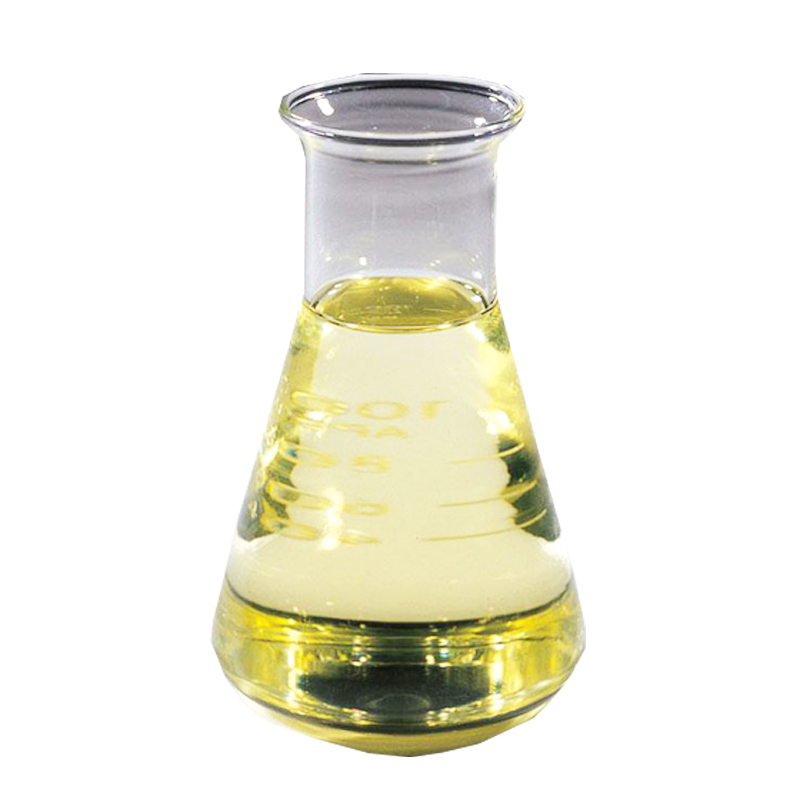
Silicon is the second largest element on Earth, making up 28% of the Earth's crust, and is found in sand, silicates, and many minerals like quartz. Silicon atoms are linked to oxygen atoms to form long polymer chains, which form a ring-like structure, resulting in a silicone resin. These polymers look like coils and function like buffers 1. Unlike other molecules, these coils can be coiled and unwound under environmental conditions.
Such curly structures exist in a range of material forms from gaseous to brittle solids, and can be manufactured in a wide variety of viscosities, densities, structures, and functions. The unique combination of properties of this coil has inspired industrial production, resulting in many previously unimaginable products.
Unique performance
The unique properties of silicone resins cover a large number of functions. Most notable is the excellent temperature resistance. Silicone resins are stable at -90-330°C. This fairly wide range is in stark contrast to most organics, which begin to solidify above 0°C and begin to fade and oxidize at 120°C. Due to its inherent ultraviolet (UV) resistance and antioxidant properties, silicone resists weather very well, making it ideal for outdoor use. Silicone resins do not fade and decompose over time, as organic matter does.
The electrical insulation properties of silicone resins are close to those of glass products, so they are also perfect for electronic products. In addition, the special resistance to ozone and corona makes it suitable for high-pressure applications. Silicone resins provide good water resistance and water stability, so they can also be found in the field of underwater instrumentation. As a rubber, silicone resin is used in gaskets and seals because of its high resistance to compression and deformation. Its own bonding ability is used in the conveyor belt of the oven for baking food, and can also be used in elastic molds for injection molding materials and low-melting alloys.
Silicone resins have exceptional UV resistance and can be used in high-energy lighting, instrumentation and solar energy facilities. In the 1950s and 1960s, a large number of artificial hearts were studied, and since then, silicone's biocompatibility has led to its use in a wide variety of implants, wound care, and drug delivery systems.
Disclaimer: The content is from the Internet, wechat public accounts and other public channels, we maintain a neutral attitude towards the opinions in the article. This article is for reference only, communication. The copyright of the reproduced manuscript belongs to the original author and the institution, if there is infringement, please contact us to delete.
